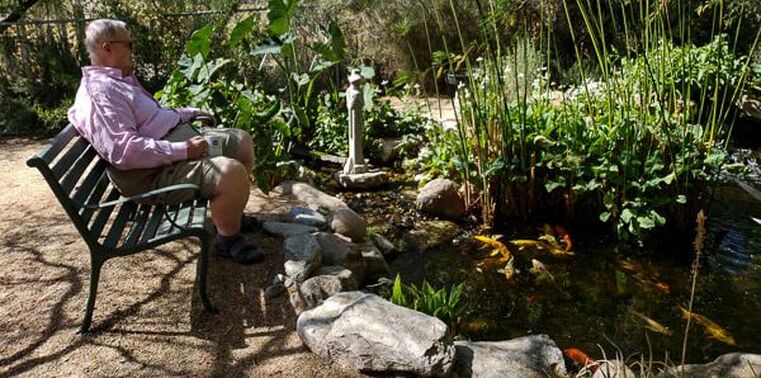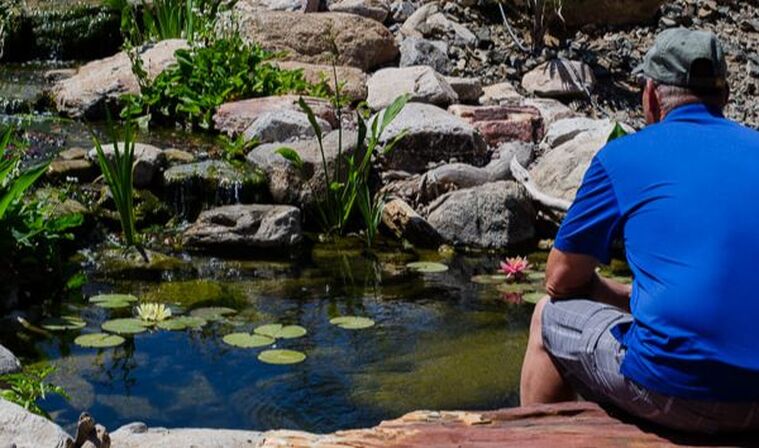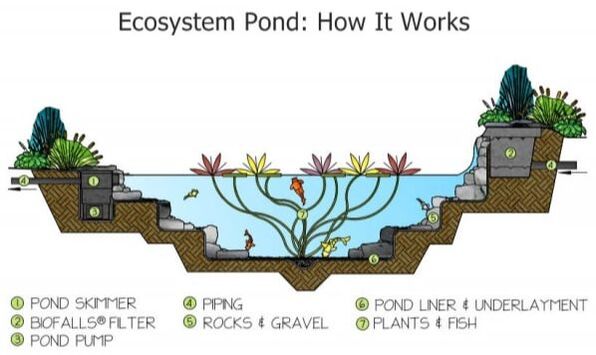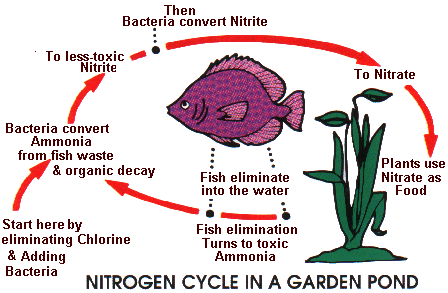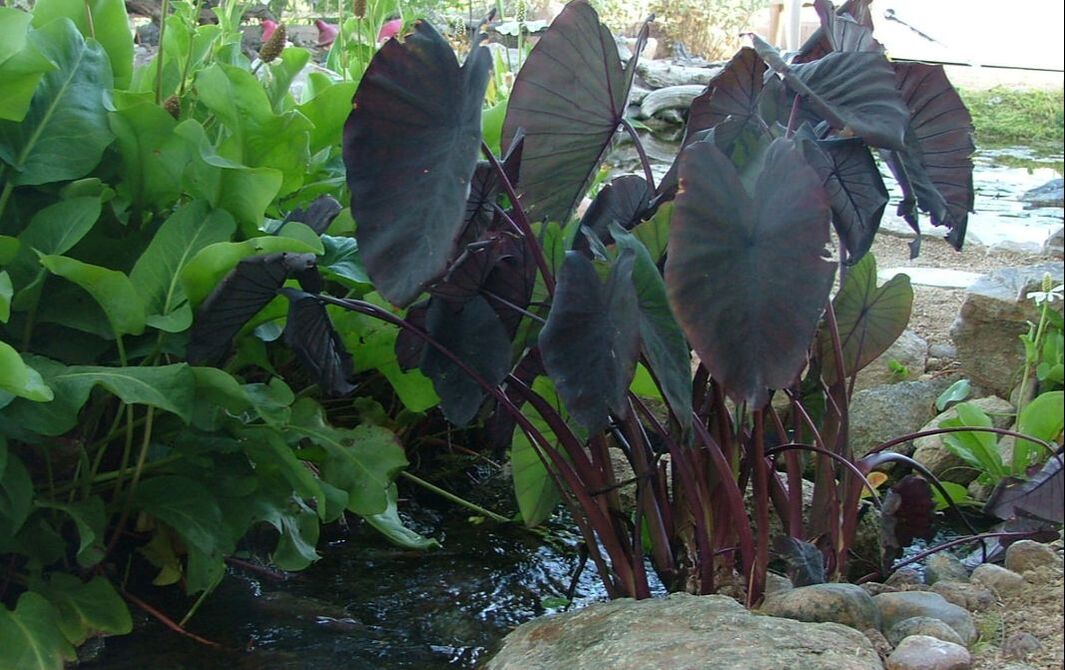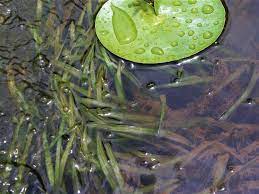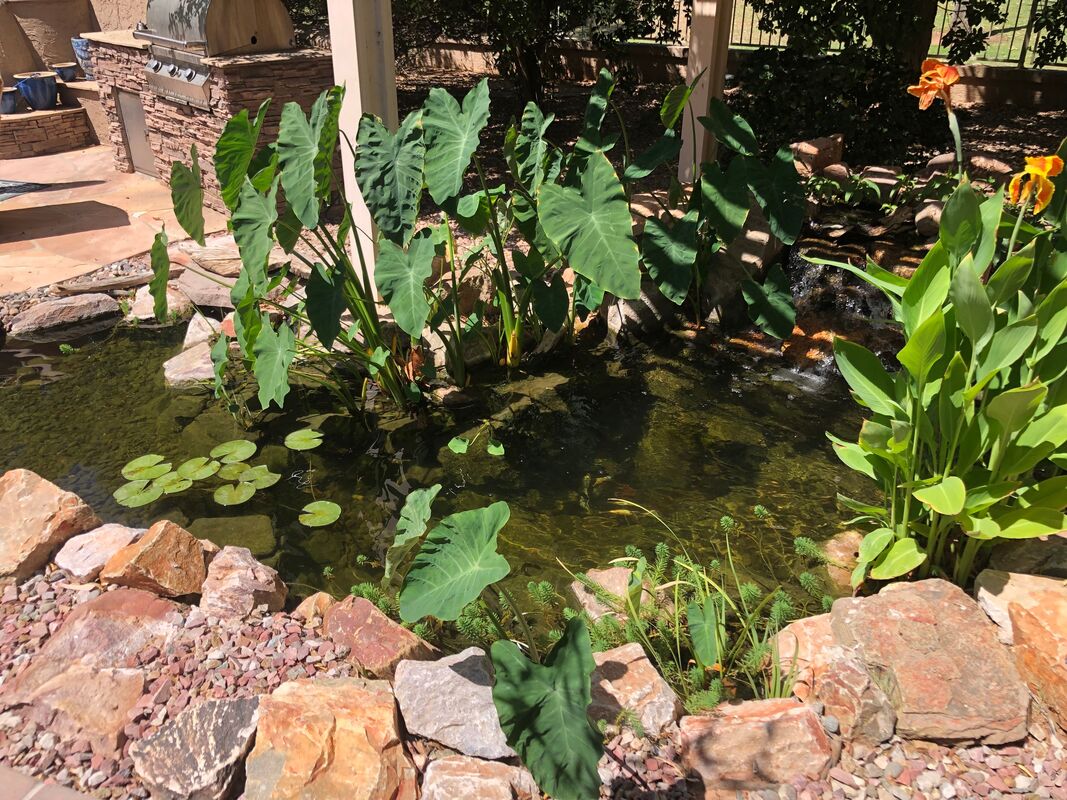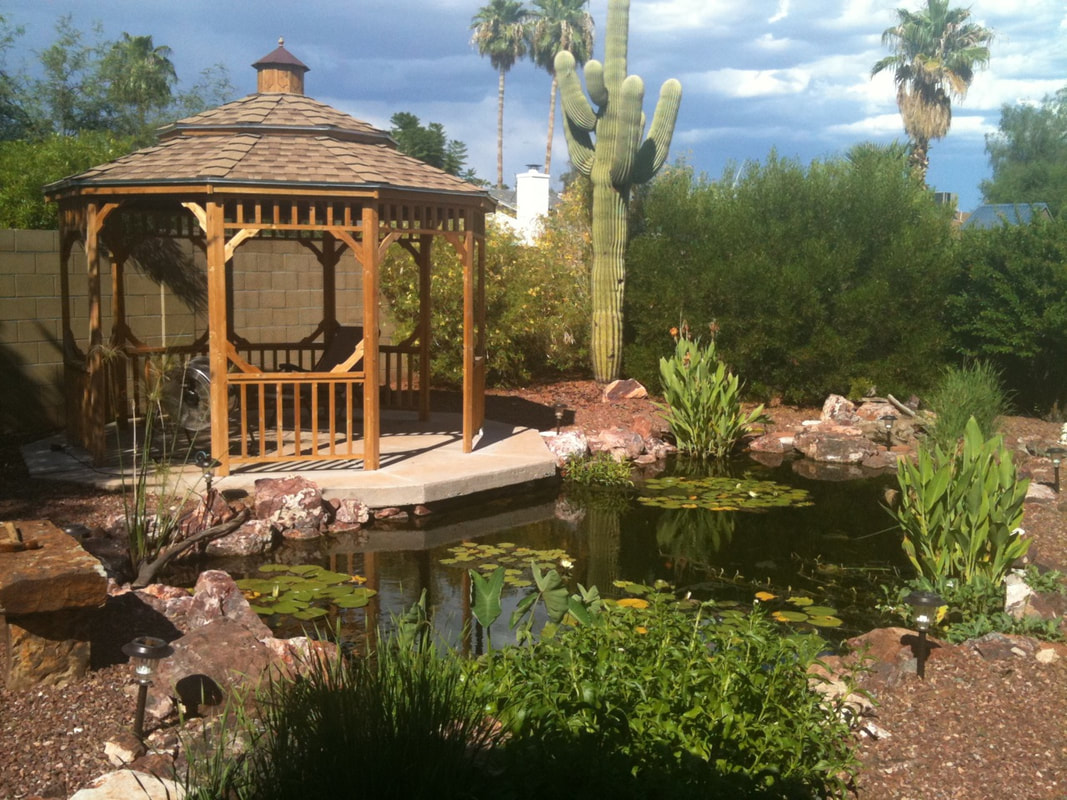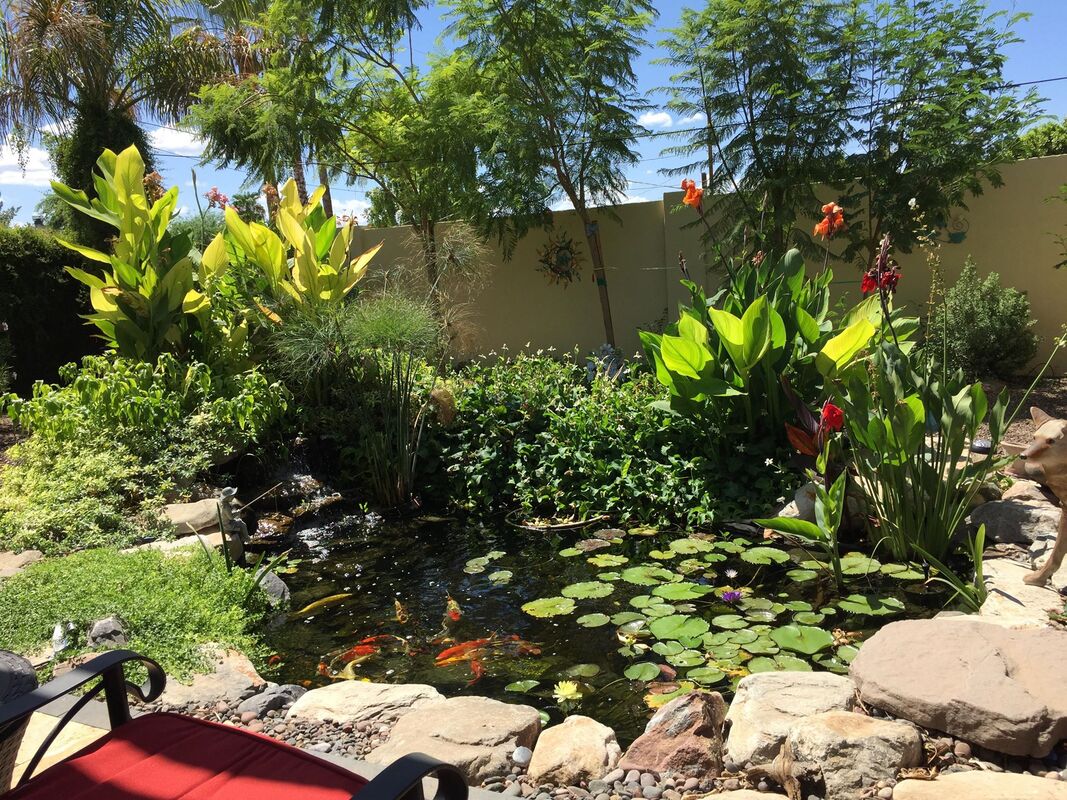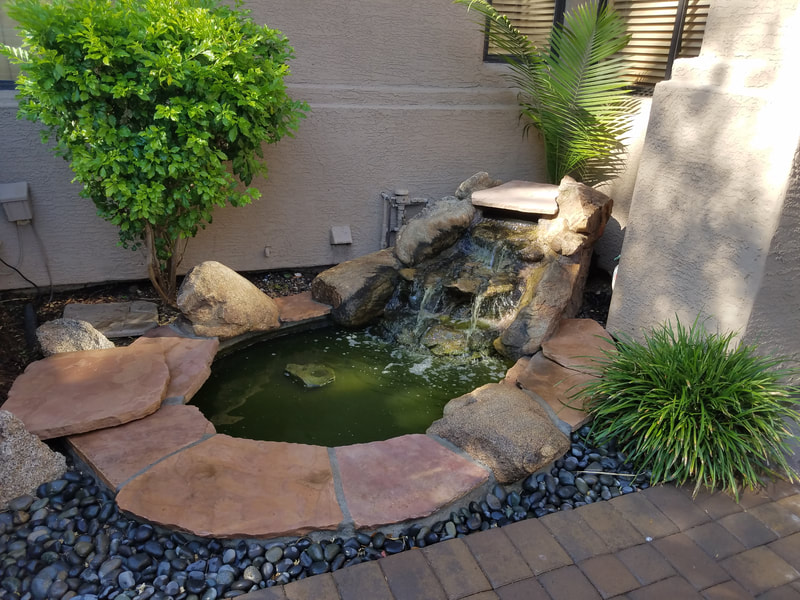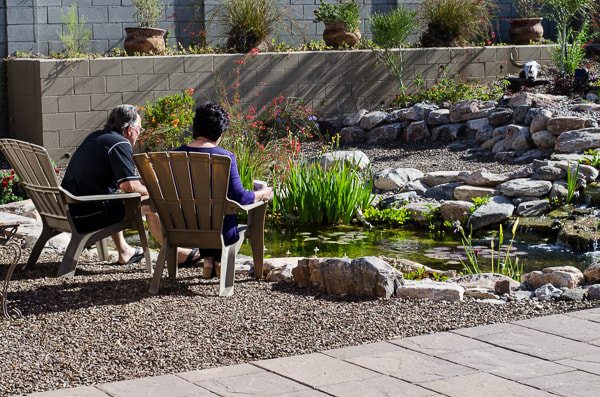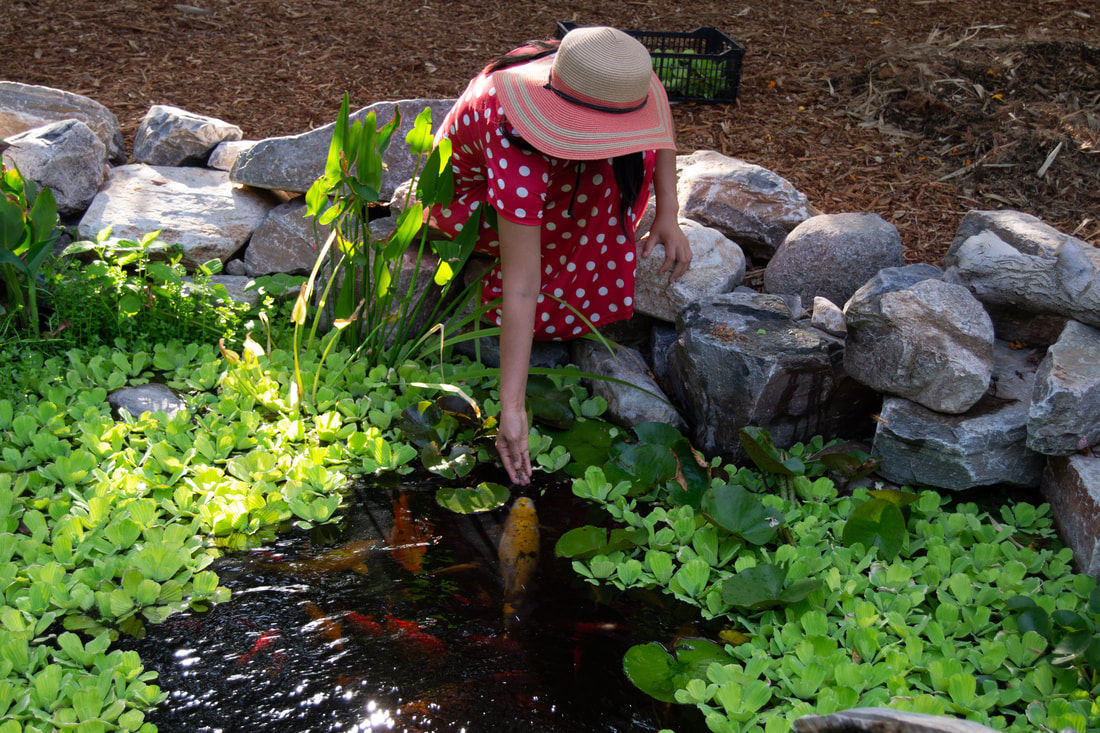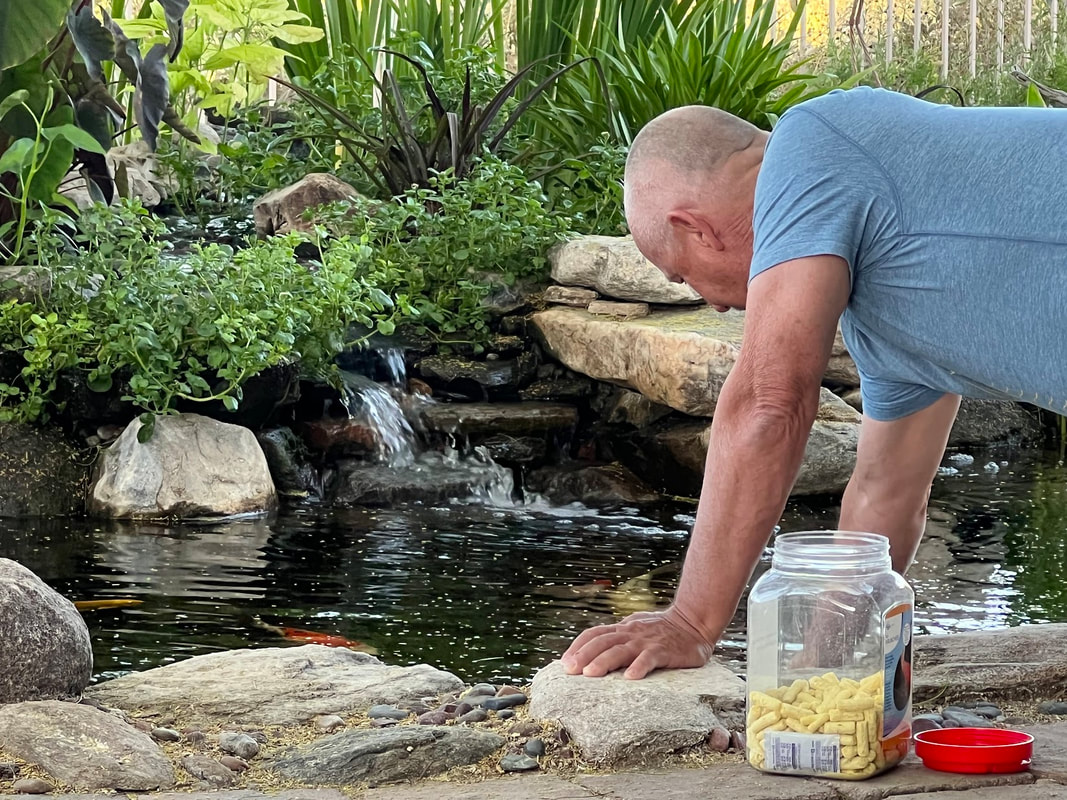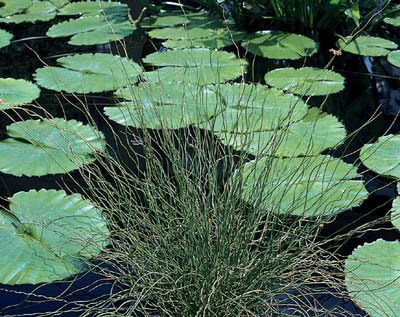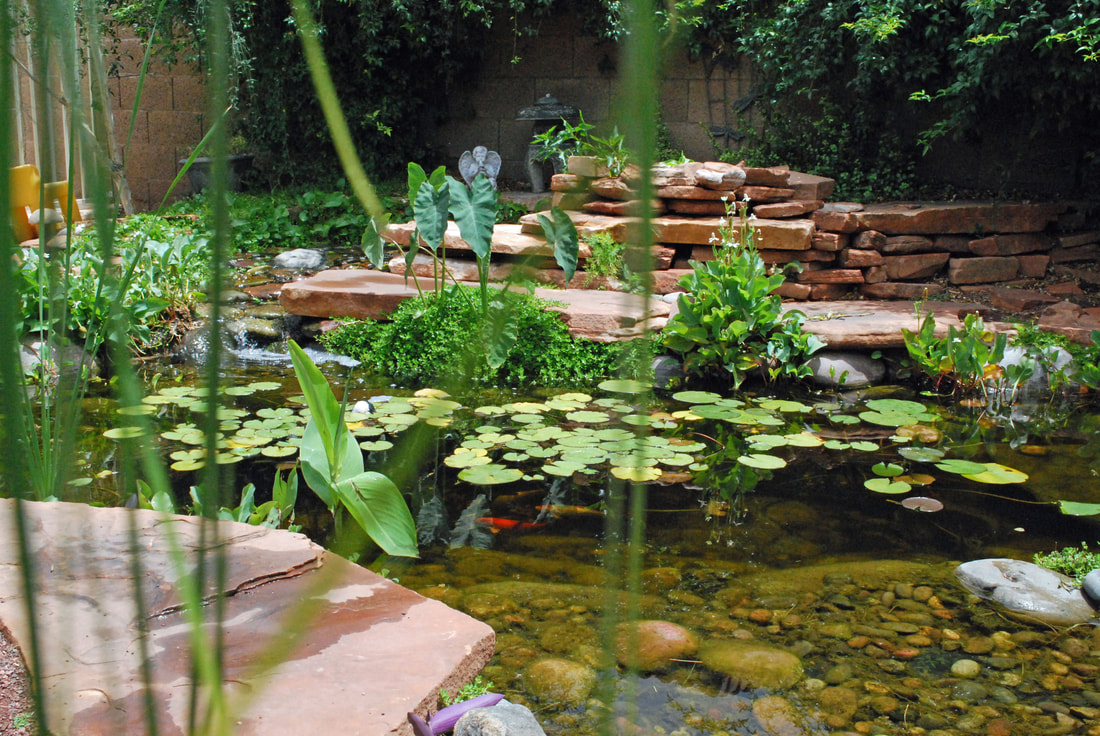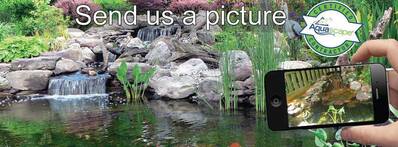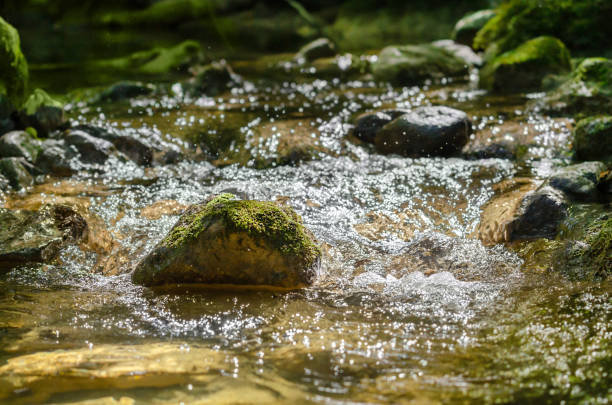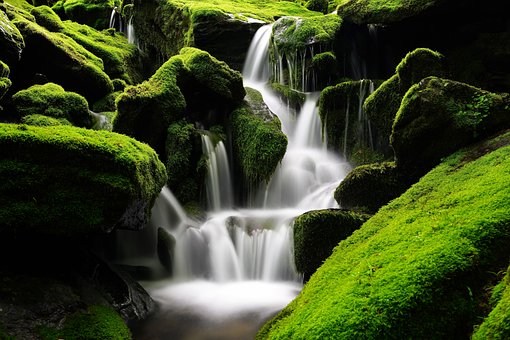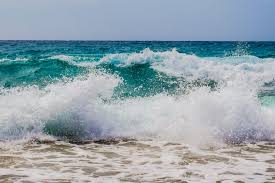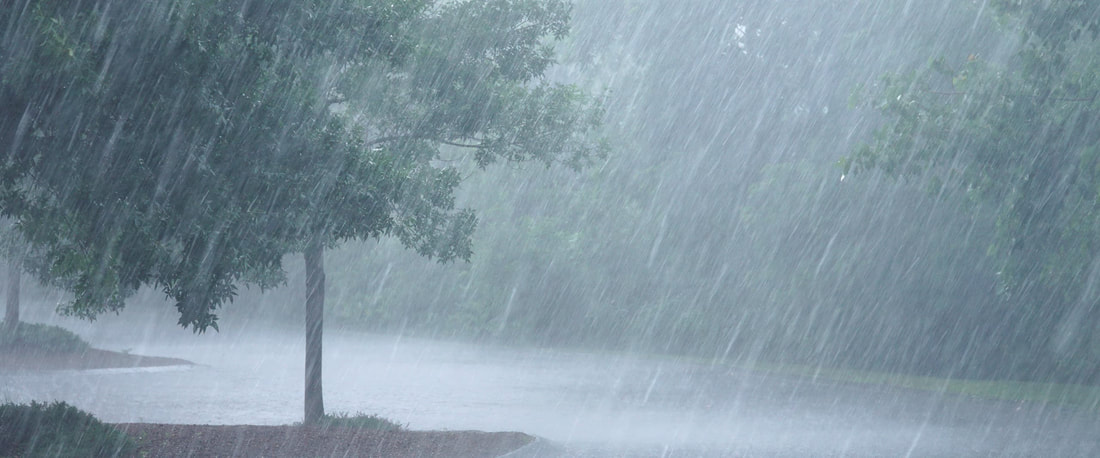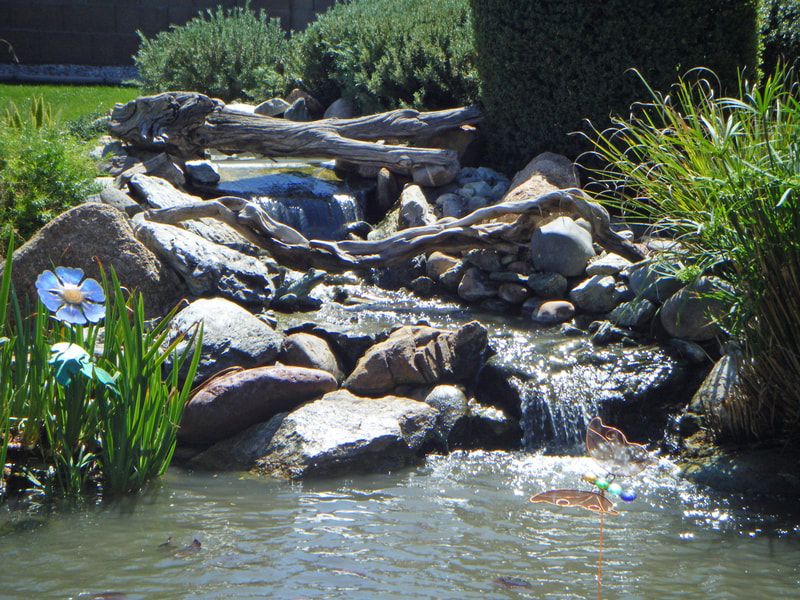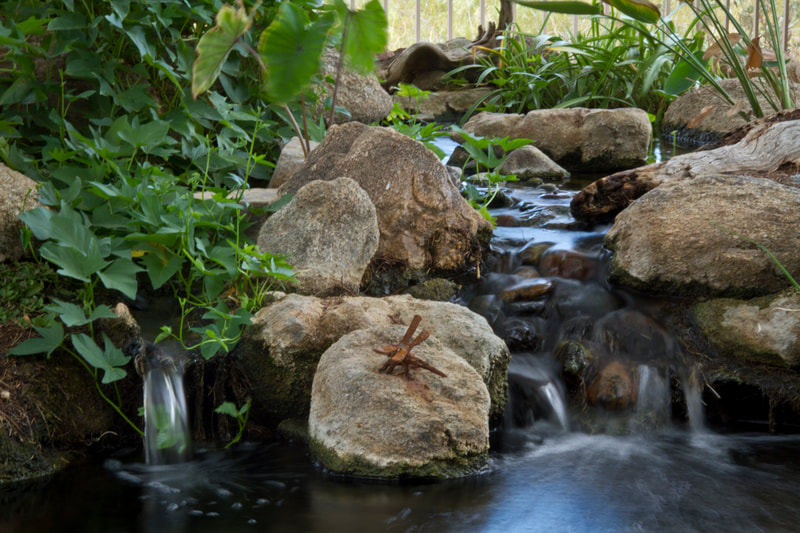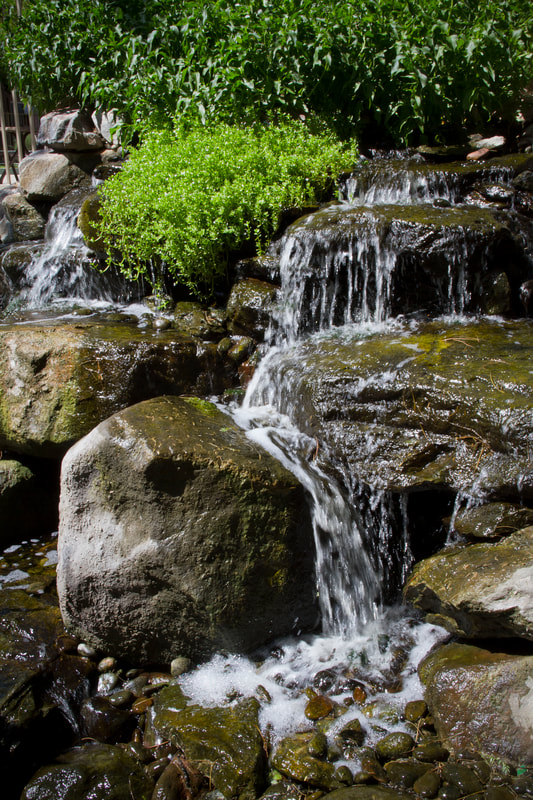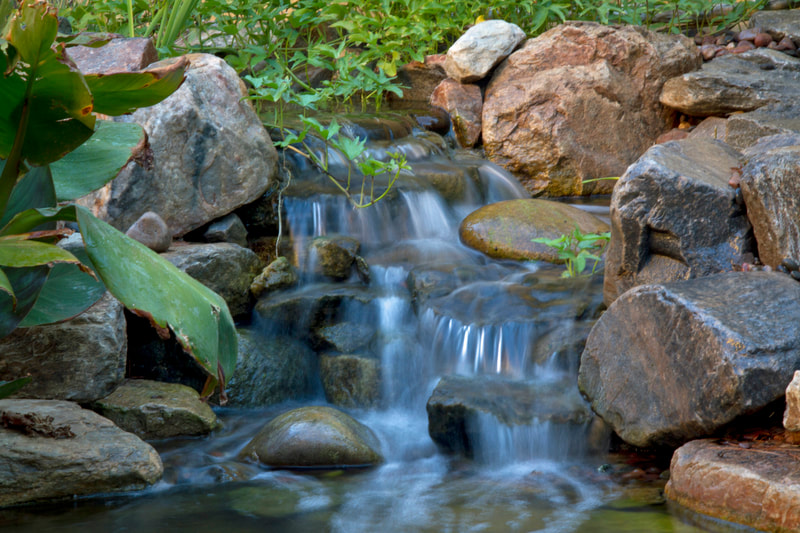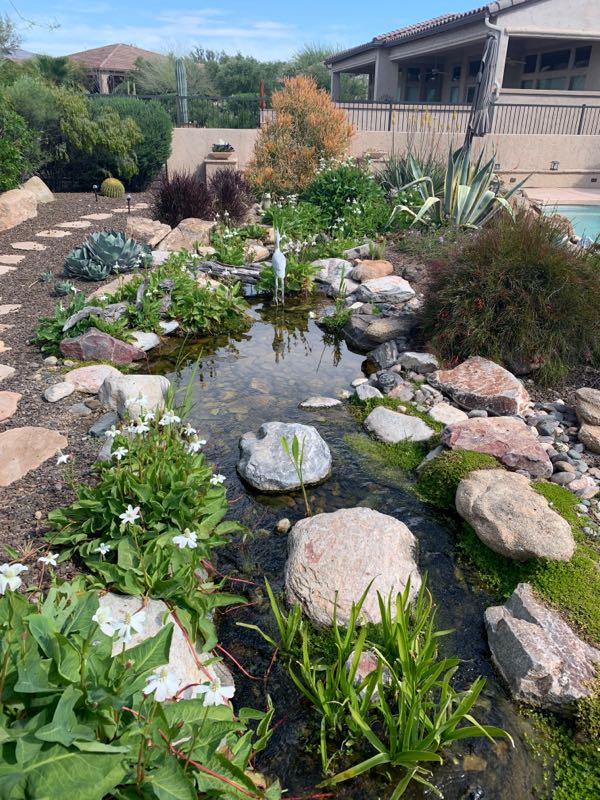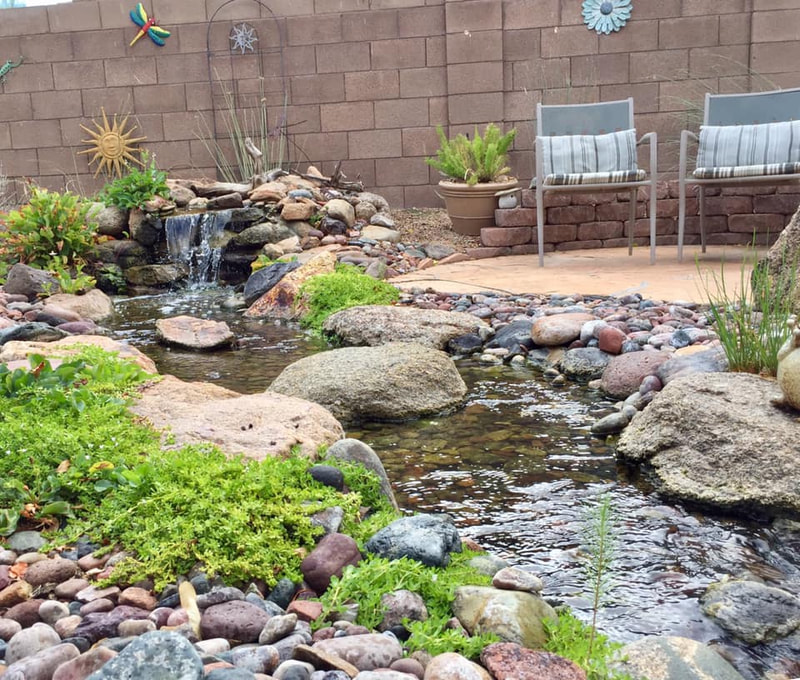|
Fish dart beneath lily pads while the melodious sound of a waterfall entertains your ears. Lush aquatic and terrestrial plants make you just want to take deep breaths of oxygen-rich fresh air. Enjoying a naturally balanced pond in your backyard is an attainable luxury for every homeowner. Most pond owners are aware of the importance that good water quality plays in a complete pond ecosystem. However not knowing how to get or keep water quality can prove challenging to some pond owners. A bit of basic knowledge will help you keep your pond looking beautiful and performing optimally. In addition to plants, fish, aeration, and rocks & gravel, a low-maintenance ecosystem pond requires adequate filtration to keep the water clean and clear. Three types of pond filters are available on the market and include biological, mechanical, and clarifiers.
The Job of a Pond SkimmerThe main function of mechanical filtration, or pond skimmer, is to remove debris before it sinks to the bottom of the pond and decays. The skimmer also houses and hides from view the pump and plumbing, as opposed to being placed directly in the pond where they can be an eyesore. There are two main types of skimmers: box skimmers and floating skimmers. Both types filter the water by removing floating debris and waste before it’s had a chance to fall to the bottom of the pond. The box skimmer is the predominant type of skimmer on the market today because it’s easy to maintain. Box-style skimmers come with either vertical or horizontal filter mats. Horizontal mats prove to be the most effective while providing the least amount of maintenance. In addition to frequent cleaning, vertical mats need to be constantly monitored to make sure there is enough water in the pump chamber for the pump to operate properly. An advantage of horizontal filter mats is that they lay flat so there is no sagging and they don’t lose their shape. They also never clog to the point of preventing water from passing through, so the pump chamber won’t run dry. As water enters the skimmer, the large debris are caught in the skimmer basket and the water is then further filtered through the horizontal mat. The pond water then travels up to the biological filter via the underground plumbing where it’s further treated before re-entering the pond. Biological Pond Filtration Goes to WorkThe biological filter receives water that has already passed through the mechanical filter, or skimmer, typically placed on the opposite side of the pond. The water enters the biological filter via flexible pipe located near the base of the unit. The water then flows from the bottom to the top of the filter, traveling through filter media housed inside the unit. This filter media helps with the removal of fine to medium-sized particles after the larger debris has already been removed by the skimmer. As the biological filter fills, it will overflow and pour over its waterfall lip, cascading down rocks that have been set to create a beautiful, natural-looking waterfall. The waterfall creates aeration for the pond, assisting in the circulation and health of the water Biological filters on the market today range in size and can filter ponds up to 10,000 gallons. For larger ponds, multiple biological filters can be incorporated into the design. The Science Behind the DesignMechanical and biological filtration are critical to processing the many types of nutrients found in a pond ecosystem, including fish waste, uneaten fish food, leaves, and runoff from lawns, to name just a few. High levels of ammonia (a form of nitrogen) are highly toxic to fish and are a major contributor to prolific algae growth, so they need to be carefully controlled. In water gardening, the primary nutrient that biological filtration utilizes and renders usable is nitrogen. In biological filtration, nitrifying bacteria, known as facultative bacteria, absorb ammonia and turn nitrites into less dangerous nitrates. These bacteria require oxygen to live, so it’s important for the pond’s pump to run 24/7/365. If the pump isn’t running, the waterfalls aren’t flowing, and aeration is eliminated from the necessary equation to maintain an ecosystem pond. Keep in mind that if the pump shuts down, the bacteria will quickly use up all of the oxygen and die, which isn’t a good thing. Nitrates are then removed from the pond by another biological filtration method known as de-nitrification. This process occurs only in anaerobic (without oxygen) areas of the pond. That’s why it’s not necessarily bad for some areas of the pond to experience minimal water flow (such as on the bottom of the pond, under an inch or so of gravel). The bacteria that live in this area of the pond turn nitrates into nitrogen gas, which is released into the atmosphere. Nitrates are also absorbed by aquatic plants and algae during their growth processes. A pond without aquatic plants will prove to be a maintenance nightmare. For any biological filtration to work, there needs to be billions of bacteria working to purify the water. They prefer to anchor onto things, which is why surface area is so important. More surface area means more bacteria and more bacteria means better biological filtration. The surface area is provided by filter media, rocks, and gravel. A pond with gravel on the bottom will contain more surface area for bacteria, as opposed to a pond with exposed liner on the bottom. The Role of Aquatic PlantsAnother important component of pond filtration is the use of plants. Many gardeners add a pond to their landscape for the variety of aquatic plants available, and while their beauty is certainly an aesthetic asset, a critical benefit is the work these plants do to help filter the water. Plants help purify pond water by reducing nutrients, filtering out sediments, and absorbing toxic compounds through the process of phytoremediation. If these excess nutrients are not removed, algae will feed on them, resulting in green water, string algae, or both. Algae control is not the only way plants help create a low-maintenance ecosystem pond. Submerged and marginal plants also provide food, shade, and protection for the fish and other wildlife that live in and around the pond. Low-Maintenance Pond ExperienceTo keep pond water quality high, the simple process of repeatedly turning the water over through mechanical and biological filters is needed to create a naturally balanced, low-maintenance ecosystem pond. Add the remaining components of plants, fish, aeration, rock, and gravel, and you’ll find greater success in maintaining clean and clear pond water. Your fish are happier and less stressed when their environment is healthy. Not to mention, it’s so much more enjoyable when you can actually see your fish swimming in clean water created by an efficient pond filtration system. OTHER POSTS YOU MIGHT ENJOY: What to Expect When You're Expecting -- a Phoenix Ecosystem Pond! Welcome to the world of organic water gardening! Unlike lawns and pools, ecosystem ponds in Phoenix are not as common knowledge for most of us. Very few Phoenix natives or early transplants grew up with a backyard pond or knew anyone who had one. And if we did, it’s unlikely that they were practicing organic water gardening specifically. But why go through the trouble of creating an ecosystem versus just tossing in some chemicals and getting instant results? For one thing, ecosystems are Earth-friendly. There is life and nature in an organic pond, and life will visit that organic water. Isn't there enough chemicals and concrete covering our planet already? Wouldn't you like to feel good about choosing this home improvement option? So, an ecosystem water feature adds beauty to your yard, gives you hours upon hours of entertainment and viewing pleasure, AND you get to feel good about the choice. Oh, and if you have pets, they can safely drink the water - bonus! The Process of Creating an EcosystemBasically, we are working with the same processes in a new water feature as are used in organic vegetable gardening, and even hydroponics systems. Well cared for and properly maintained your feature will provide decades of beautiful, low maintenance, entertainment, and viewing pleasure.  Maybe think of the new feature as a new puppy. “Pond chemicals” (i.e., algaecide) are akin to a rolled-up newspaper or a swift kick. That’s no way to train a new pet! With patience, and proper positive reinforcement, an organic water feature, like a puppy, will develop into a cherished and well-behaved individual. The key is patience, along with using natural products like beneficial bacteria and enzymes, encouraging the "good-guys," and having the right balance of plants, rocks, and fish. This combination creates a closed ecosystem that can be managed easily. Our philosophy has always been KISS: keep it simple, silly! An Ecosystem IS WORTH THE TIME & PATIENCE IN THE LONG RUNBut here’s what happens right away as the ecosystem in a living water feature is brought to life. Like a new garden, we prepare the foundation: building with natural rocks (to support the zooplankton life), and adding aquatic plants, fish, and beneficial bacteria (just like good soil, amendments, and plant starts in a garden). You also need to keep the “weeds” at bay, which in an organic water feature means string algae. Once the aquatic plants get established and start growing aggressively, the algae, like weeds in a healthy garden, will be choked out for the most part. Remember that there will always be green fuzz on the rocks – this is not a pool or spa with sterile water. That green fuzz actually serves as another filter to produce crystal-clear water (we call it the pond patina). The process of bringing a living water feature to life takes a bit of time and patience. It may take a bit longer, or it may happen quicker, depending on many factors, including the weather. Each water feature is an individual and will balance when it’s darn good and ready. But we promise you that this WILL happen as long as no one tries to “help” things along adding chemical treatments and "quick fixes." Once you add chemicals to your pond, it perpetuates that process and becomes a chemically-dependent water feature. Pond Ecosystem in a NutshellHere are the key ingredients to a healthy, natural-looking ecosystem pond that remains low-maintenance:
OTHER POSTS YOU MIGHT ENJOY: Unveiling the Enchantment: The Perfect Harmony of Design and Ecosystem for a Beautiful Pond7/15/2023
There's something truly captivating about a beautiful pond that draws us into its tranquil embrace. Whether nestled in a garden or gracing a grand estate, these shimmering water bodies have an inherent allure that seems to enchant us effortlessly. But have you ever wondered what creates this magical ambiance? Delving into the world of ponds, we discover that the secret lies in the art of design and the delicate balance of an ecosystem. Join us on a journey to unravel the mystique of a stunning pond, guided by the expertise and insights shared by The Pond Gnome, a premier Arizona resource for all things aquatic. The Art of Pond DesignThe Pond Gnome emphasizes that the magic of a beautiful pond originates from a well-thought-out design. Just like an artist's canvas, every pond presents an opportunity to create a unique masterpiece. From the shape and size to the positioning and materials used, every element plays a vital role in sculpting the final outcome. The shape of the pond is crucial, with curves to mimic the organic flow of nature. A naturalistic design allows for a more harmonious integration with the surrounding environment, enabling the pond to blend seamlessly into its surroundings. Elements of a Balanced EcosystemA visually stunning pond extends beyond aesthetics; it nurtures a thriving ecosystem supporting diverse aquatic life. The Pond Gnome highlights the significance of establishing a balanced ecosystem, ensuring the longevity and health of the pond's inhabitants. Water quality stands as the cornerstone of a thriving ecosystem. Proper filtration systems, such as biological and mechanical filters, are employed to achieve this. These mechanisms, together with natural water treatments, work together to eliminate debris, excess nutrients, and harmful substances, resulting in crystal-clear water. Aquatic plants are another vital component. They provide oxygen, compete with algae for nutrients, and offer shelter for fish and other aquatic organisms. By selecting a mix of floating, submerged, and marginal plants, the pond gains a harmonious balance of oxygenation and visual appeal. The Role of Fish and WildlifeThe inclusion of fish in a pond adds a captivating dimension and completes the overall ecosystem. Koi and goldfish are popular choices due to their vibrant colors and graceful movements. Fish contribute to the ecological balance by consuming algae and insect larvae, thus reducing the risk of imbalances within the pond. Additionally, attracting and supporting wildlife in and around the pond further enriches the ecosystem, not to mention establishing integrated pest management. Dragonflies, frogs, turtles, and birds create a dynamic environment, adding life and intrigue to the pond. Many creatures attracted to a pond also contribute to maintaining a balanced insect population, fostering a natural harmony within the ecosystem. Maintenance and CareTo maintain the enchantment of a beautiful pond, regular maintenance and care are essential. The Pond Gnome advises routine tasks such as removing excess debris, checking and cleaning filters, and ensuring proper water levels. Careful monitoring of water quality parameters, such as ammonia content, is vital to prevent imbalances that could harm the ecosystem. A beautiful pond is not merely a visual delight but a testament to the symbiotic relationship between design and ecosystem. The Pond Gnome's expertise reveals that every aspect, from the initial design to the nurturing of a balanced ecosystem, contributes to the allure and longevity of a stunning water feature. By appreciating the magic that arises from a good design and ecosystem balance, we gain a deeper understanding and admiration for the artistry of ponds. So, let the beauty of a well-crafted pond inspire you to have The Pond Gnome create your own aquatic masterpiece, merging art and nature in perfect harmony. OTHER POSTS YOU MIGHT ENJOY:
 In the ever-evolving landscape of home improvement and renovation projects, hiring the right contractor is a crucial decision. However, the current economic climate has brought about significant changes in the way contractors operate. From pricing structures to initial interactions, contractors have adapted their approaches to meet the demands of a shifting marketplace and utilize advancing technology. In this blog post, we will explore the key changes in hiring a contractor, including the shift towards charging for estimates, requesting photos, and seeking a budget from clients. Pricing Adjustments Traditionally, contractors would provide “free estimates” to potential clients, often based on a preliminary on-site inspection of the project. This involved saying goodbye to their family, leaving their home, and driving to someone else’s home, typically in the evening or on the weekend when the homeowner was readily available (in addition to the contractor's already full work schedule). On the client’s end, this involved setting the appointment for when they can be home or take time off work, making sure they are actually home during the timeframe that the contractor said they would be arriving, and waiting around for the contractor to arrive – or maybe not show up at all, creating a frustrating, time-consuming process. We all know that nothing in life is free. The contractor’s time and gas money expended on these “free” estimates would simply be built into their pricing for all of the people who actually hired them. With rising costs of labor, materials, fuel, and operational expenses, experienced contractors have now started charging for on-site estimates. This change helps them cover the time and resources involved in accurately assessing the project's requirements. While it may initially seem unfamiliar, paying a reasonable fee for an experienced contractor to provide a comprehensive and well-informed estimate can save clients from unexpected costs and ensure a more precise project evaluation. It also creates a contractor-client relationship right from the start so that the contractor views each prospect as an existing client and not a “suspect” who might just be gathering the traditional three estimates or simply picking their brains. A good place for homeowners to research what their project may cost is on contractors' websites. If a contractor doesn't have pricing on their website, you might want to keep searching. This harkens back to building a transparent relationship between contractor and client. Requesting PhotosWith advancements in technology, contractors are increasingly asking clients to provide photos or videos of the project area, or any existing water feature if renovation is the goal, before initiating the on-site process. This allows them to assess the scope of work more effectively without physically visiting the site initially. Photos provide contractors with essential details, enabling them to identify potential challenges like access issues, determine the necessary equipment, and evaluate project feasibility. It streamlines the estimation process, saving time for both parties involved. It also increases the likelihood that the client will find a contractor who is truly a good fit for their project, taking some of the guesswork out of the process. Seeking a Client Budget In the current economic climate, where costs can fluctuate rapidly, contractors have started requesting a budget from clients upfront. By understanding the financial limitations and expectations of clients, contractors can tailor their recommendations and proposals accordingly, again saving time for both parties. This collaborative approach fosters a transparent working relationship and ensures that the proposed scope of work aligns with the client's financial parameters. Contractors can offer alternative options or suggest cost-saving measures to optimize the project within the specified budget. Importance of Detailed Contracts As the economic climate becomes more uncertain, both contractors and clients recognize the need for clear and comprehensive contracts. Contractors are placing increased emphasis on developing detailed agreements that outline project timelines, payment schedules, change order policies, and dispute resolution mechanisms. This approach ensures that both parties are protected from potential misunderstandings or disagreements throughout the project duration. The insertion of an expiration clause is not unheard of these days, either. This clause is becoming more common as contractors deal with surprise price changes while waiting for the client to be ready for them to start their work. This clause simply says that if the project start date is delayed beyond a certain date, the project may need to be re-bid. Most of the time, this doesn’t come into play, but protects the contractor’s bottom line so that they are able to make a fair profit, which in turn enables them to continue to be in business to provide service after the sale. The hiring process for contractors has undergone notable changes in response to the current economic climate. These changes reflect the need for contractors to adapt their pricing structures, improve efficiency, and foster better communication with clients. While adjustments such as charging for estimates, requesting photos, and seeking a budget may initially feel unfamiliar, they ultimately benefit both contractors and clients by improving project accuracy, managing expectations, and enhancing transparency. As clients navigate the process of hiring contractors, it is important to recognize that these changes are driven by a desire to provide better service and deliver successful outcomes. Open and clear communication, along with a shared understanding of the project scope and budget, will help establish a strong working relationship between contractors and clients. By embracing these changes, homeowners can confidently embark on their renovation projects while contractors can ensure that they deliver high-quality results in a cost-effective manner. OTHER POSTS YOU MIGHT ENJOY: IS A KOI POND CONSIDERED A LUXURY ITEM? "POND GUY" VS. POND PROFESSIONAL PONDS ARE A MUST-HAVE FOR 2023 The crash of ocean waves, a babbling brook, the pitter-patter of rain on the roof — many people swear by these watery sounds to help them fall asleep and stay in la-la land. Why does flowing "agua" have such a powerful and popular drowsing effect? Humans are undeniably connected to water. Part of the answer lies in how our brains interpret the noises we hear — both while awake and in the dead of night — as either threats or non-threats. Certain sounds, such as screams and loud alarm clocks, babies crying, and cats or dogs barfing can hardly be ignored. Yet other sounds, like the wind in the trees and waves lapping the shore, we sort of tune out. "These slow, whooshing noises are the sounds of non-threats, which is why they work to calm people," said Orfeu Buxton, an associate professor of biobehavioral health at Pennsylvania State University. "It's like they're saying: 'Don't worry, don't worry, don't worry.'" Louder noises in general, as we've all experienced, tend to be harder to sleep through. But perhaps even more important than volume is the character of a sound in how it can trigger the brain's so-called threat-activated vigilance system -- and jolt us from slumber. "The type of noise defines if you will wake up or not, controlling for the volume, because the noise information is processed by our brain differently," Buxton said. For instance, although the sounds of crashing waves can vary considerably in volume, with quiet intervals followed by crescendos, the waves' hubbub smoothly rises and falls in intensity. That's in stark contrast to a scream or a ringing phone suddenly piercing a silence, reaching peak loudness almost instantly. Acoustic camouflageAnother reason watery sounds can help us sleep? Non-threatening noises, especially when relatively loud, can drown out those sounds that might otherwise raise red flags in the brain's threat-activated vigilance system. "Having a masking form of noise can also help block other sounds you don't have control over, whether someone is flushing a toilet in another part of the house, or there are taxis or traffic outside — whatever the acoustic insult is," Buxton said. All of this makes it understandable as to why water-themed sleep aids have proved so popular over the decades, across media ranging from cassettes to compact disks to MP3s to the mobile device apps of today. Real or Faux?The best sleep aid of all, in our humble opinion, is having your windows open to hear an actual waterfall or babbling brook. If you happen to live by the ocean, then that will suffice in a pinch. LOL! So, if you really want a better night’s sleep, consider adding some live water to your outdoor environment where you can open the window at night and enjoy the real thing, instead of your sound machine. OTHER POSTS YOU MIGHT ENJOY:
PONDS ARE A MUST-HAVE FOR 2023 HOW TO ENHANCE YOUR POND WITH EASY ADD-ON FEATURES WATER FOR ARIZONA WILDLIFE |
The Pond Gnome offers Pond Design, Pond Construction, Pond Maintenance, Pond Remodeling, Pond Replacement, and Pond Cleaning Services for the Greater Phoenix Metropolitan area, including the cities of Phoenix, Scottsdale, Paradise Valley, Carefree, Cave Creek, Glendale, Peoria, Sun City, and other surrounding communities.
Our Services |
Company |
|
